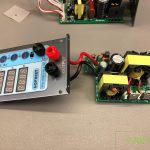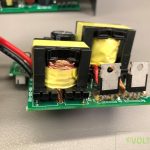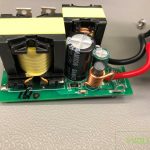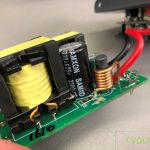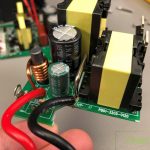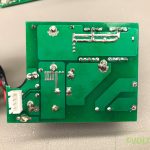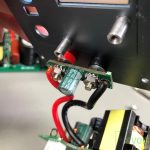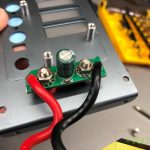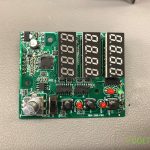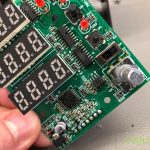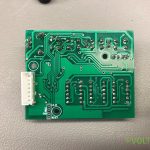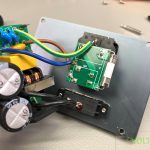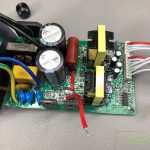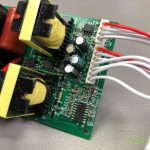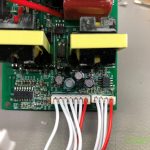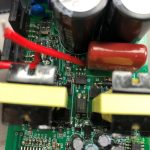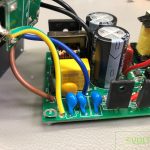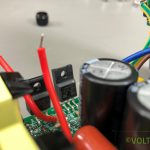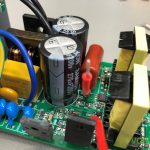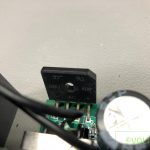Welcome to a new Voltlog and I’m gonna start with a question: why should you care about Kicad and what it’s most recent version is like? Well, there is a very simple reason, if you are a subscriber of the channel I have to assume you are a supporter of open-source software and hardware and Kicad is probably the world’s best open-source printer circuit board CAD program.
I have been using Kicad for the past 2 years and it’s been a great journey and if there is one thing I would ask is that if you have been using Kicad and you are getting good use out of it, please consider sending donation by going to kicad.org and hitting the Donate button. This will help fund the small team behind Kicad to continue releasing new and improved versions of Kicad.
So now back to the subject of the video, I’ve been using Kicad version 5 in it’s different releases for a while and I’ve gotten used to how things are done in Kicad but just before Christmas they released version 6 which brings a bunch of improvements. Depending on your workflow you might experience these improvements directly or not, hence why I’m not covering the whole list of upgrades and improvements in this video, just stuff that I have noticed while using the new Kicad V6.
I’m gonna start with probably the biggest change in Kicad V6, which is in the file format, that is definitely an under the hood change and one that not many people would care about, including myself but there could be great benefits coming up from this change, because the new file format should allow for easier handling of Kicad files by plugins and external tools. There is also a minor downside to this, once you convert a project and save it in the Kicad V6 format you can’t use it with V5 anymore but I don’t see why you would want to go back.
